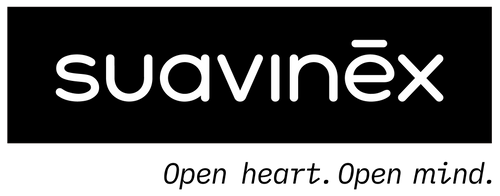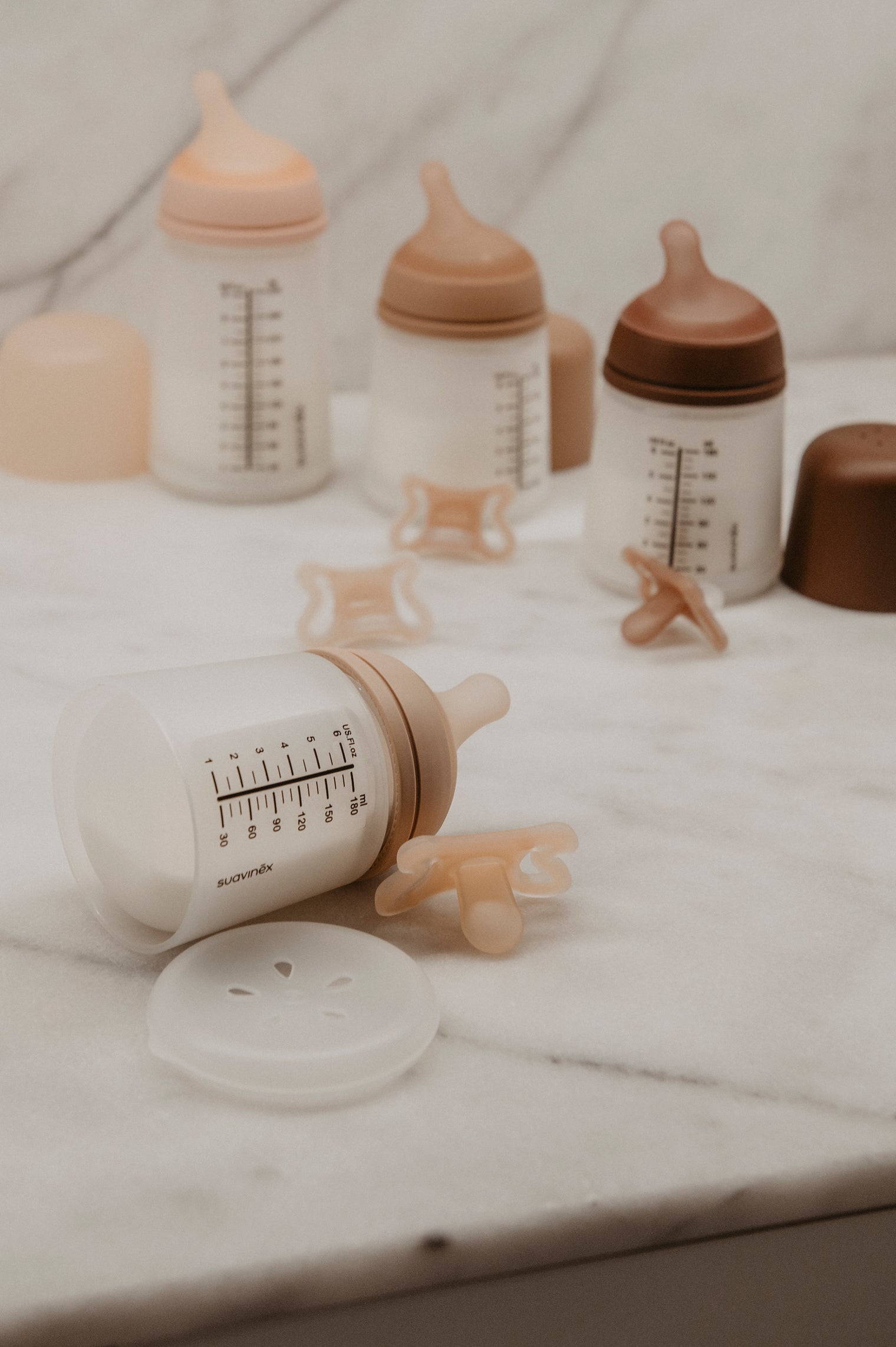In all likelihood you are already aware of how many bottles to buy for your newborn and how much they can help you with combo feeding, but do you know what the parts of a baby bottle are called? This is important because it will allow you to replace and buy any parts that may have been damaged separately. Buckle up as we dive into what the parts of the bottle are called and what their design purpose is!
In all likelihood you are already aware of how many bottles to buy for your newborn and how much they can help you with combo feeding and even delayed breastfeeding. Moms and dads spend a lot of time researching the best baby bottles, slow-flow bottles for newborns, and how to use a bottle sterilizer to ensure your little one is protected from potential bacteria, but do you know what the parts of a baby bottle are called?
This is important because it will allow you to better replace the bottles and buy any parts that may have been damaged separately. So buckle up as we dive into what the parts of the bottle are called and other important details about the operation of this very useful feeding tool.
What are the parts of the baby bottle?
A standard baby bottle has three different parts :
- Nipple: The upper part of the bottle, through which the milk or chosen liquid comes out and is distributed. They have different shapes and can be made of different materials such as latex or silicone.
- Collar: A ring that connects the nipple to the bottle. The nipple is inserted into the collar and both snap into the bottle. Keep in mind that not all bottles have a collar.
- Bottle: The container in which the liquid is contained. They can have different capacities and although the most common are made of plastic, you can also find them made of glass or silicone.
In addition to these basic parts of the bottle, you can also often find a vent or ventilation system that serves the function of regulating the pressure inside the bottle that is produced when the baby sucks. This prevents the baby from swallowing excessive air and suffering from colic, although even if you do not have an anti-colic bottle like the ZERØ.ZERØ™ anti-colic bottle from Suavinex that you , you can also remove the gas manually.
Parts of the baby bottle nipple
Different parts can also be distinguished within the nipple:
- Tip: the end area. It has an opening that allows the liquid to escape and controls the flow.
- Median or longitudinal zone: They can be of different sizes. It's an important area because it is the one that has the most contact with your baby's tongue and stimulates their sucking reflux.
- Base: This is the area of the teat that imitates the mother's areola, the base on which the baby's lips rest.
There are many different types of nipples you can choose from. It is good to know that the nipple is one of the most crucial parts of the bottle because it determines your baby's affinity for the bottle, the likelihood of them suffering from nipple-teat confusion syndrome , and also the amount of flow they receives each time they drink.
What should the tip of the nipple be like?
As we have already mentioned above, the hole of the bottle or tip of the nipple is the part of the bottle that determines the amount of milk flow that the baby can extract with more or less effort.
Flow is the speed at which liquid comes out through the nipple. It is an aspect that must be taken into account because a newborn baby does not drink the same amount of milk as a six or seven month old baby nor does it have the same strength to suck. If the flow is too slow, your baby may become nervous or impatient to receive the food. However, if you go too fast, you could choke.
When to change the nipple flow?
You may have doubts about what the nipple should be like and when you should change the flow to adapt it to your baby's needs. Each child is different, but approximately, here's an approximate guide:
- Newborn babies need a slow-flow nipple with an anti-colic valve, such as the Suavinex Zerø.Zerø™ Bottle Nipple. You can choose whether the shape of the teat is round, anatomical or physiological, as well as whether you want a latex or silicone teat. You will find that your baby prefers one to all the others.
- When your baby is between three and four months old, they will begin to demand more milk. This is a good time to switch to a medium flow nipple.
- The fast flow is more appropriate for thick liquids and typical of baby bottles for cereals and baby food. Since complementary feeding should not begin until your baby is at least 6 months old, these are the bottles that you can use from this age onwards.
We hope that this brief explanation of the parts of the bottle has been useful to you and that now you feel a little more confident in what the nipple of your baby's bottle should be like and when you should change it. Have you already had to change flow? How did you choose your baby's teats? Tell us!
Sources:
Bringing the bottle closer to the breast – Breastfeeding Asturias
When should I change baby bottle nipples? – Ovia Health

